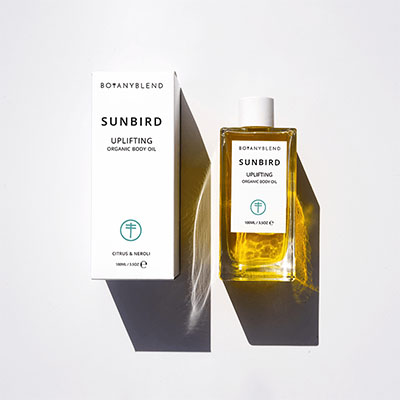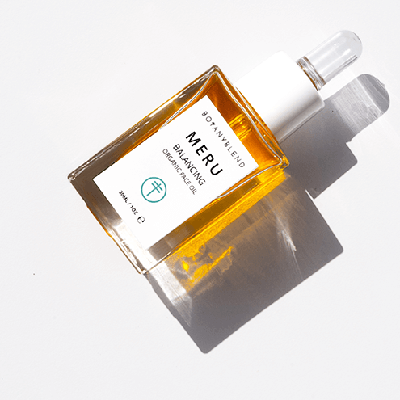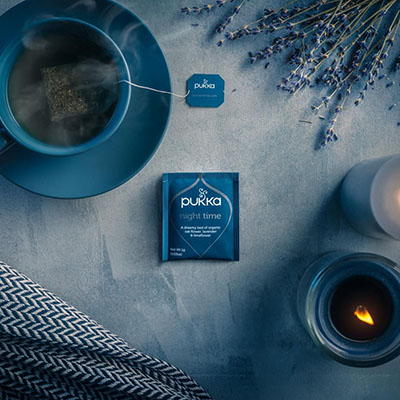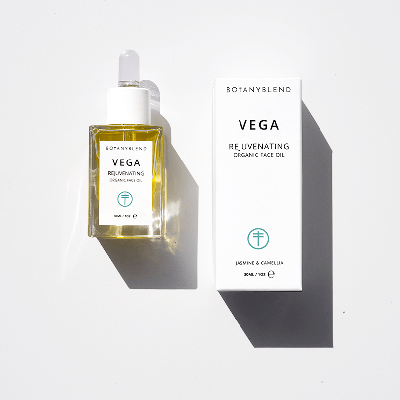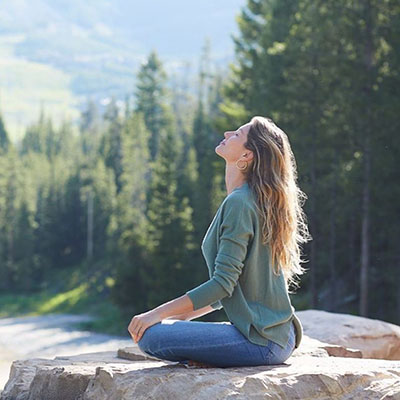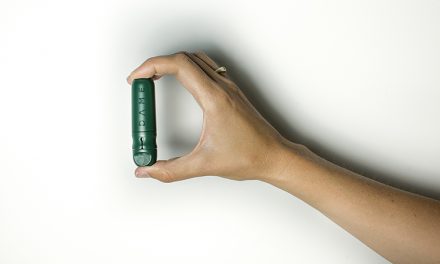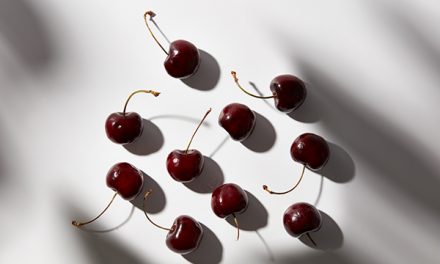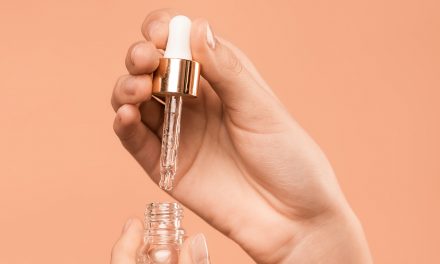Sensory Wellness With Botanyblend
What is Sensory Wellness and how can we bring the practise into our own wellbeing rituals? Katie Paige, Founder of Botanyblend talks us through our senses and how we can use them to acheive sensory wellness.
Founder of Botanyblend Katie Paige is an Occupational Therapist and Aromatherapist with a specialist understanding of the senses. Katie’s unique skill set highlighted to her the importance of positive sensory experiences that feed the parasympathetic nervous system and help us to heal from the effects of stress.
What is the Parasympathetic and Sympathetic Nervous System?
The parasympathetic and the sympathetic nervous system work together in harmony to help us achieve and maintain a calm and organised state of arousal. This is essential for making connections with others, our environment and to achieve happiness and fulfilment.
When we experience stress our sympathetic nervous system releases stress hormones such as adrenaline and cortisol into the bloodstream. Stress also elevates our blood pressure and heart rate. Some stress is good for us, it helps us complete tasks, pushes us to achieve our goals and can trigger our fight or flight responses important for keeping us safe. The parasympathetic nervous system works to counter balance the sympathetic nervous system. It slows down high arousal levels by lowering blood pressure, heart rate and releases relaxing feel good hormones.
Are We Too Over Stimulated?
In modern day life we are often switched on, with too many tabs open in the brain. Our jobs can be stressful and home life demanding, we are stuck in ‘doing mode’. This can leave us experiencing high levels of elevated and prolonged or chronic stress. Therefore it can become very difficult for the parasympathetic nervous system to counter balance the sympathetic nervous system and lower our arousal levels. Being in a high state of arousal for extended periods of time can lead us to burn out. We feel exhausted as our body and mind desperately try to heal from the effects of stress.
Exploring Your Senses to Eliminate Stress
Positive sensory experiences work with the bodies central systems to bring us back to ‘base level’. This is the best place for making connections with others, our environments and achieving happiness and fulfilment. Most people believe there are 5 main senses but there are actually 8 and they all play an integral role in maintaining our wellbeing. Here we briefly explore them and how they can be used to enhance self care rituals and everyday activities.
Understanding Our Senses
Touch
Different types of touch can be used to initiate different states of arousal. For example light touch or rough touch can be alerting whereas deep touch such as massage can be relaxing. Try thinking about the types of touch you use, for the effect you’d like to create. For example to feel energised you would benefit from body brushing, or using a body scrub whereas if you are in need of relaxation use smooth deep touch massage to apply silky body oils. Sunbird Organic Body Oil, £38, Botanyblend.
Smell
Aroma can evoke nostalgia and wonderful feel good memories, scent also has the ability to shift our mood. Uplifting and energising scents include citrus and menthol such as those found in Sunbird Organic Body Oil. Relaxing scents include lavender, frankincense, chamomile and sandalwood. Being aware of the properties of different scents in our wellbeing rituals can help intensify the experience. Try choosing a face oil with a scent which brings you feelings of calm such as Meru Organic Face Oil, £32.
Auditory
Listening to music releases dopamine which is a feel good hormone in the brain. Think about playlists you can choose to suit the mood you would like to achieve or check out the Botanyblend playlists to de-stress and uplift.
Visual
Reducing visual stimulus during self care rituals can intensify the experience through the other senses. Different colours can shift our mood for example blue relaxes and calms us while yellow is joyful and happy. Scenes of nature are also thought to evoke feelings of calm. Try having a picture of a calming visual or simply organise your desk at work to reduce over stimulating the visual sense.
Taste
Different textures and tastes enhance our mood. For example cold, crunchy and chewy, spicy and citrusy foods are energising. Whereas sweet, warm and smooth foods are relaxing. Think about the types of foods or drinks you have at different times of the day. It might help to seek energising crunchy snacks at 4pm when energy levels start to lag and warm sweet teas in the evening to feel calm. The Vendeur loves Pukka Herbs Night Time Tea, £2.45 at Holland & Barrett
Proprioception
Proprioception is responsible for our awareness of self and our connection to the environment. ‘Proprioceptors’ are found in our muscles and joints, they are calming and organising to the senses. Before your self care rituals try slowly rolling the shoulders and gently stretching the neckline and jaw to stimulate proprioception in the muscles and joints and release tension. It’s good to do this before applying a face oil such as Vega Organic Face Oil , £38, before bed.
Interoception
Interoception is the perception of sensations from inside the body. By shifting your breathing rate and pattern, you can stimulate the body’s parasympathetic response. Before self care rituals try using gentle conscious mindful breathing such as inhaling for four, hold for four and exhale for six. If you are an anxious person, try holding first for two, as holding the breath for too long can increase anxiety.
Vestibular
Our vestibular system is responsible for movement and balance. It tells us how fast we are going and in what direction and helps us to maintain our upright posture. Spinning movements are alerting to our vestibular system, however slow linear movement such as swaying in a hammock or rocking a baby is calming. Inversion is also calming to the vestibular system. Movements like the downward dog yoga pose are great for calming and relaxing yourself after a stressful day.
Disclaimer: The content of this article was created in partnership with Botanyblend. We did not receive payment for this post. We make every effort to ensure we only recommend safe products however you should always do a patch test when trying new products. This post may contain affiliate links.

